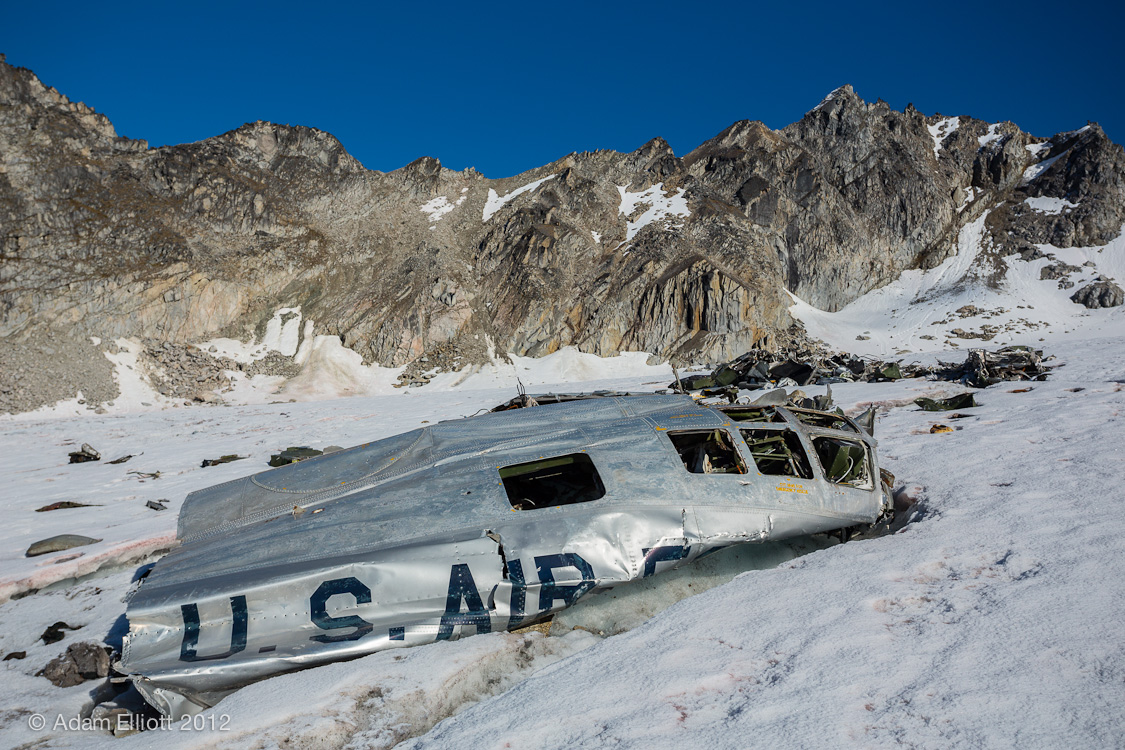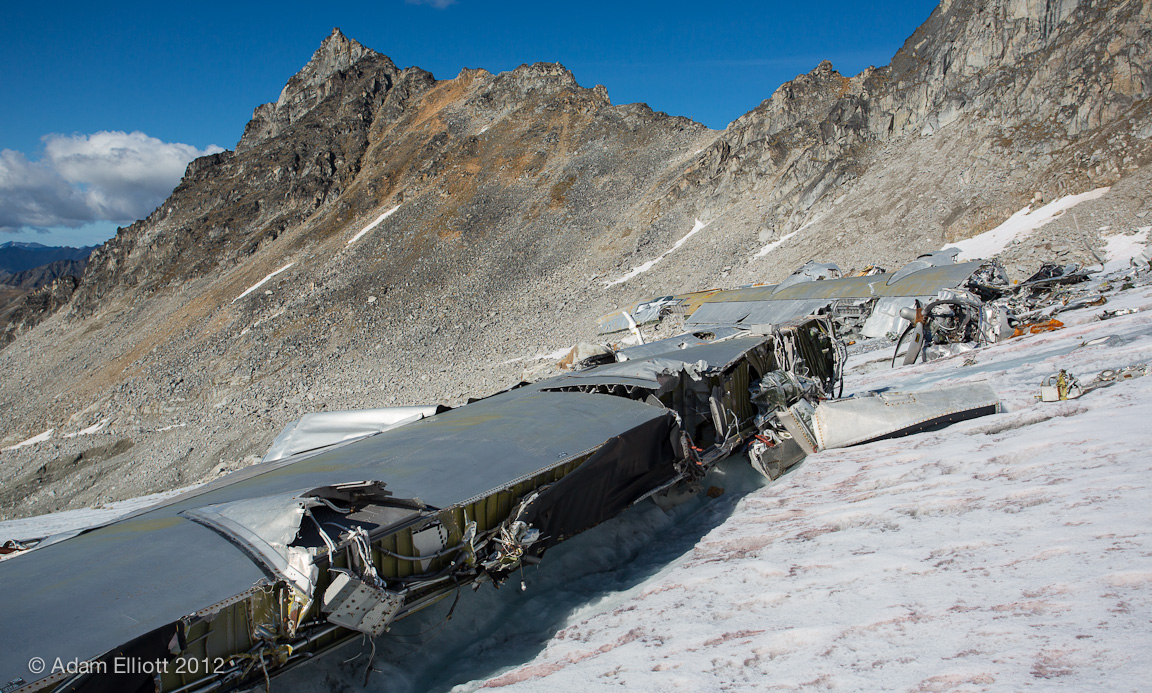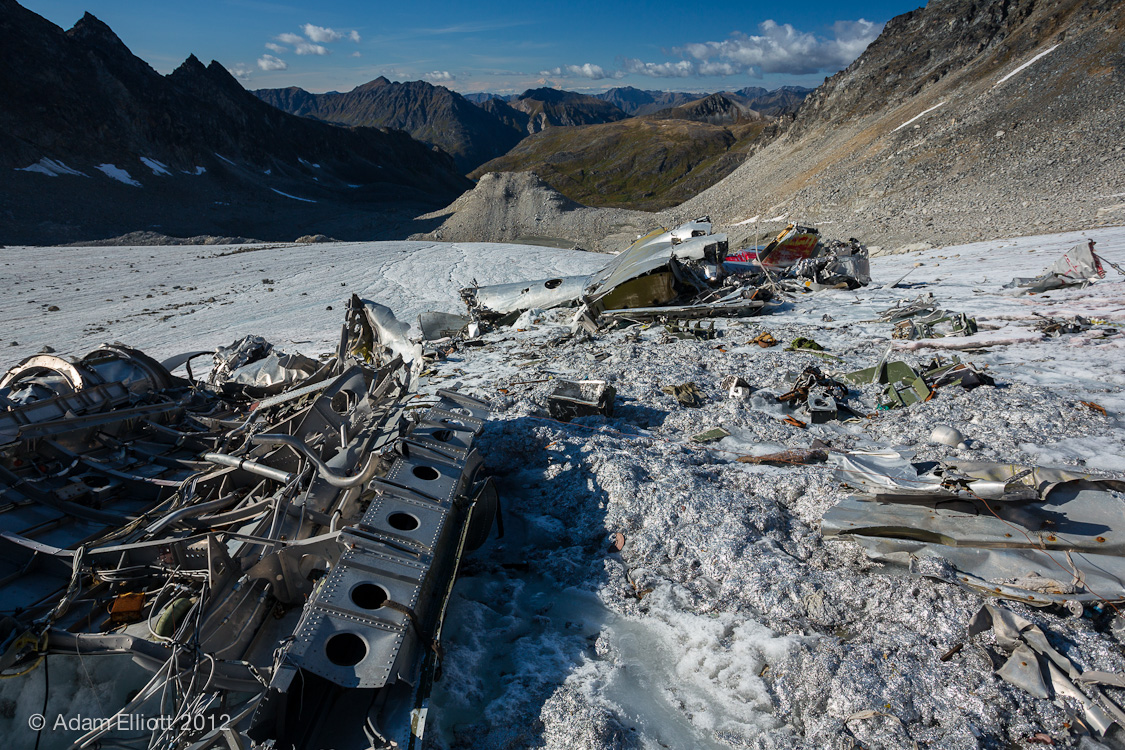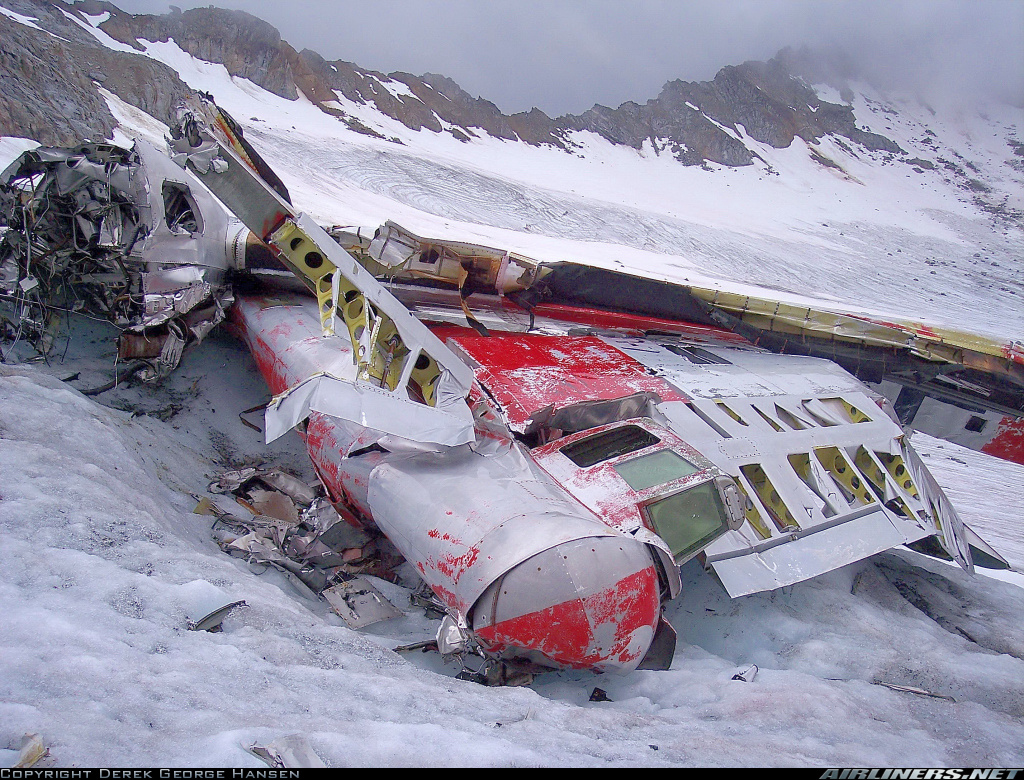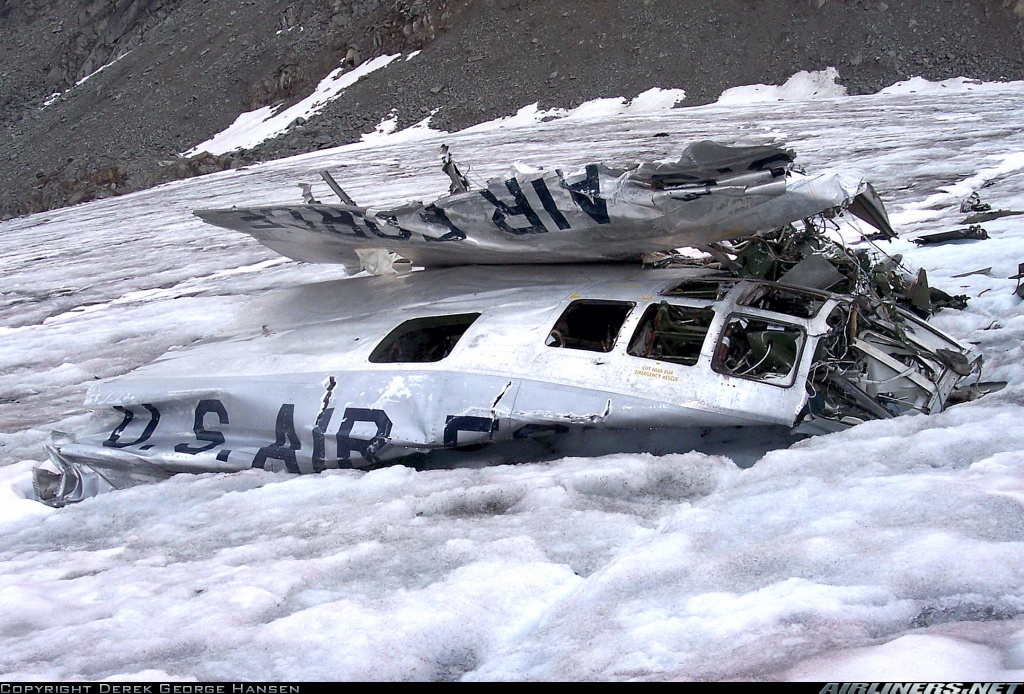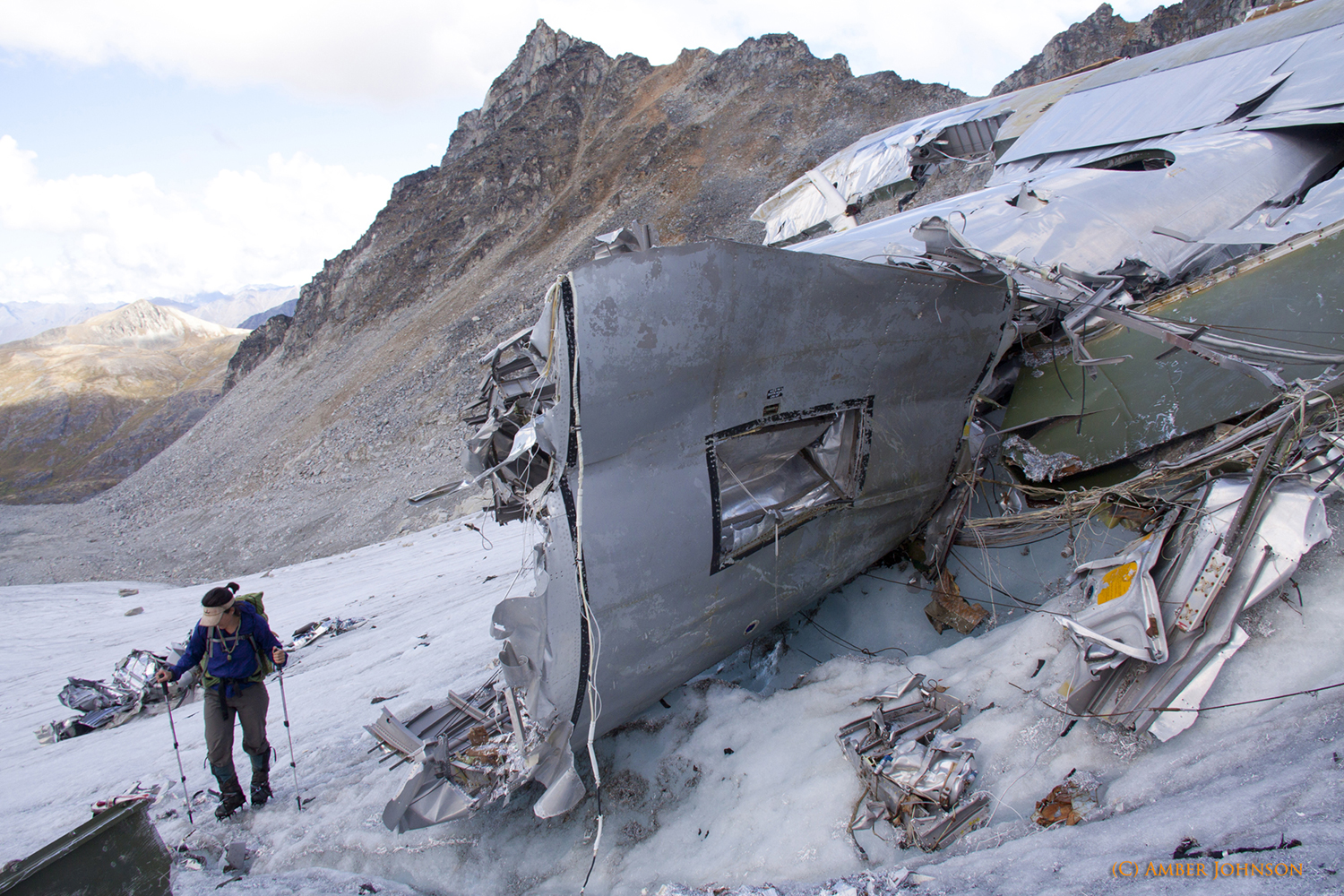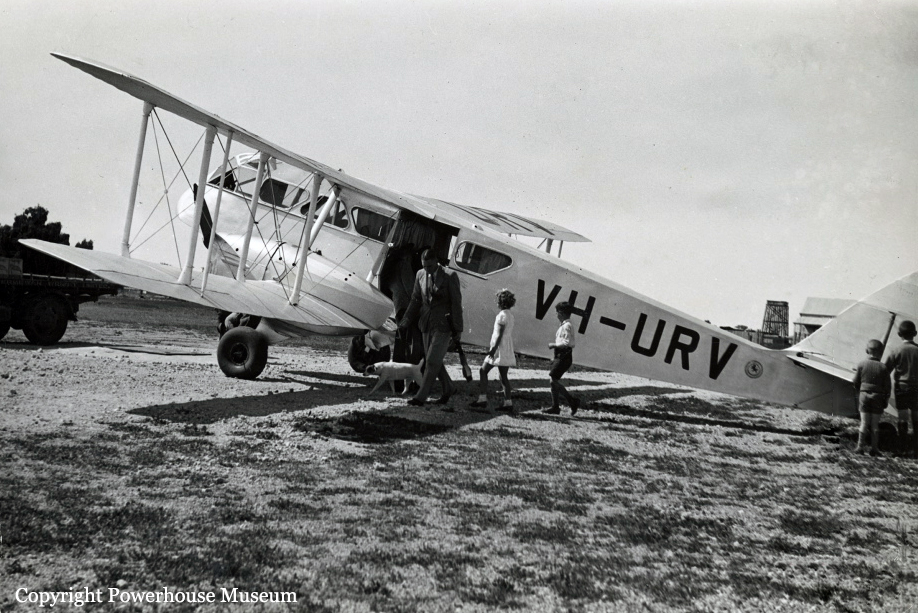Crash of a Douglas C-47A-90-DL in New York-LaGuardia
Date & Time:
Jan 4, 1971 at 1832 LT
Registration:
N7
Survivors:
Yes
Schedule:
Johnstown - New York
MSN:
20426
YOM:
1944
Crew on board:
2
Crew fatalities:
Pax on board:
0
Pax fatalities:
Other fatalities:
Total fatalities:
0
Captain / Total hours on type:
112.00
Copilot / Total hours on type:
470
Circumstances:
A Federal Aviation Administration Douglas C-47, N7, crashed approximately 2,000 feet short of the approach threshold of runway 06 at LaGuardia Airport, New York. The crew was attempting to fly an Instrument Landing System approach in instrument meteorological conditions at night. The LaGuardia weather reported 3 minutes after the accident was: '200 feet scattered, measured 300 broken, 600 overcast, visibility 1 1/2 mile, light rain, fog, wind 060° at 11 knots, altimeter 29.63 inches, runway 04, visibility variable to 3 miles.
Probable cause:
The board determines that the probable cause of this accident was: the failure of the pilot to recognize the windshear conditions and compensate for it; the lack of crew coordination in that the copilot did not monitory the approach due to a self-induces communications problem and failed to warn the pilot that the aircraft was too low; and the diversion of tho pilot's attention from his primary task of completing the approach and landing. These conditions resulted in a mismanaged ILS and landing approach and the continuation of the descent into ground obstructions.
Final Report:





